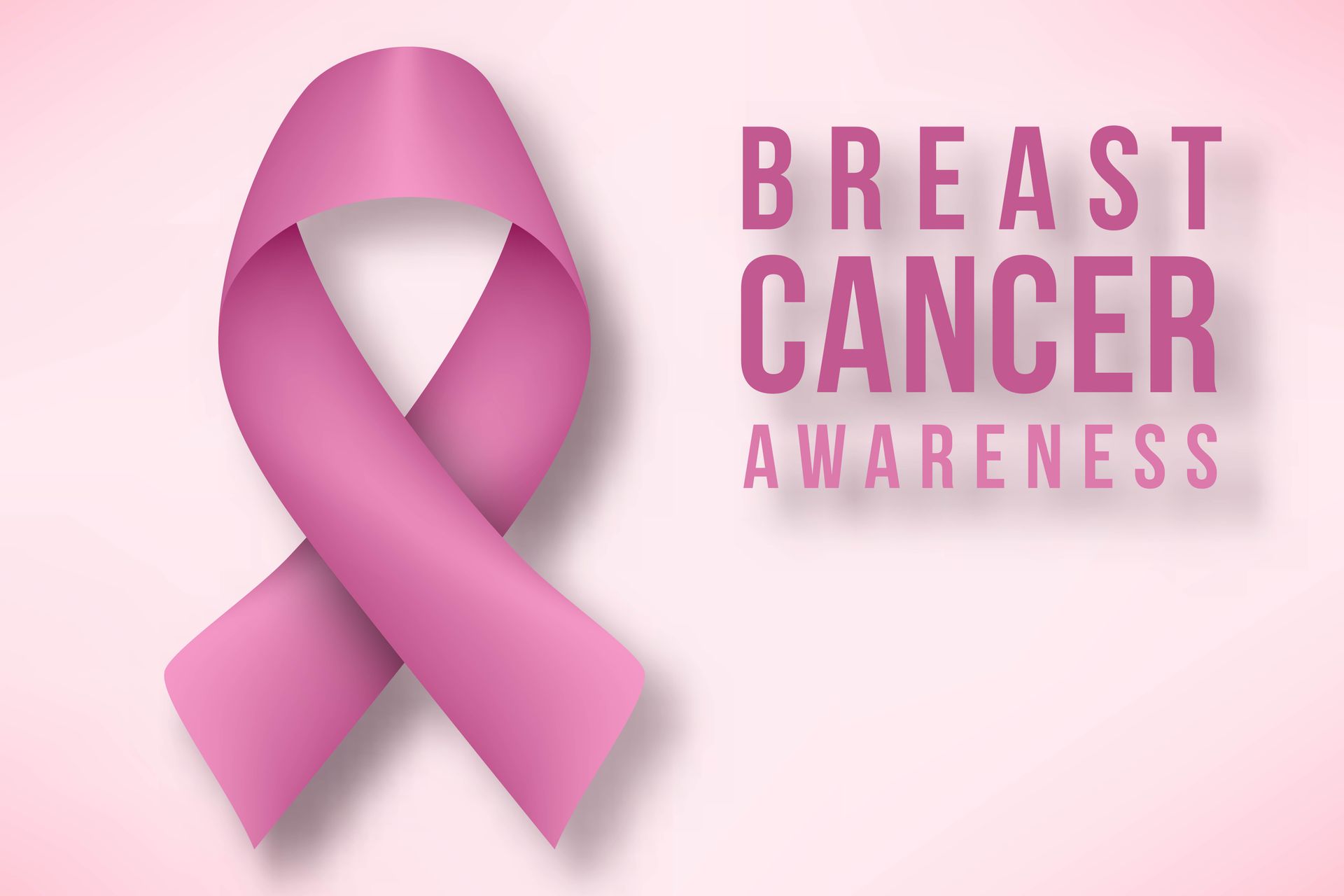A Guide to Safe Binder Use in Transgender Men: Promoting Health and Well-being

For many transgender men, chest dysphoria can significantly impact their well-being and mental health. One popular option to alleviate this dysphoria is using a chest binder, a garment designed to flatten the chest and create a more masculine appearance. While binders can be an important tool for gender affirmation, it is crucial to prioritize safety and health during their use. In this blog, we will explore the best practices and guidelines for safe binder use in transgender men, aiming to promote a healthy and comfortable experience.
Understanding the Purpose of Binders:
Chest binders are specifically designed to compress and flatten the chest area, helping transgender men achieve a more masculine silhouette. It is important to recognize that binders should only be used for the purpose they are intended and should not be used as a substitute for proper healthcare or as a long-term solution.
Choosing the Right Binder:
Selecting a well-fitting binder is essential for both safety and comfort. Here are some key points to consider:
1.Size: It is crucial to choose a binder that fits correctly. Avoid binders that are too tight or constrictive, as they can restrict breathing and cause discomfort. Follow the manufacturer's sizing guidelines, and consider seeking advice from experienced binder users or transgender support groups.
2.Material: Opt for binders made from breathable, stretchable, and high-quality materials to ensure comfort and minimize skin irritation. Avoid binders with rigid or non-stretchable components.
3.Compression Level: Different binders offer varying levels of compression. Start with a lower compression level, especially if you are new to binder use, and gradually increase it based on your comfort and tolerance. Excessive compression can lead to breathing difficulties and other health issues.
Safe Binder Use Practices:
To ensure your well-being while using a binder, follow these guidelines:
1.Limit Duration: It is important to avoid wearing a binder for extended periods. Give your body regular breaks to recover and allow your chest to breathe. Experts recommend wearing binders for no more than 8-10 hours per day.
2.Rest Days: Designate rest days where you do not wear a binder at all. This allows your body to recover fully and reduces the risk of muscle strain, discomfort, and skin issues.
3.Listen to Your Body: Pay attention to any signs of discomfort, pain, difficulty breathing, or restricted movement. If you experience any of these symptoms, remove the binder immediately and seek medical advice if necessary.
4.Skin Care: Proper skin care is crucial when using a binder. Keep the chest area clean and dry, and moisturize regularly to prevent chafing and irritation. Avoid wearing a binder on broken or irritated skin.
5.Monitor Chest Health: Regularly examine your chest for any changes or abnormalities. If you notice any concerns, such as persistent pain, unusual lumps, or skin discoloration, seek medical advice promptly.
Conclusion:
Chest binders can be an important tool for transgender men to alleviate chest dysphoria and improve their overall well-being. However, safe binder use should always be a top priority. By choosing the right binder, following safe practices, and listening to your body's needs, you can enhance your comfort and minimize potential health risks. Remember, your health and well-being should always come first, so reach out to healthcare professionals or transgender support groups if you have any concerns or questions regarding binder use.











